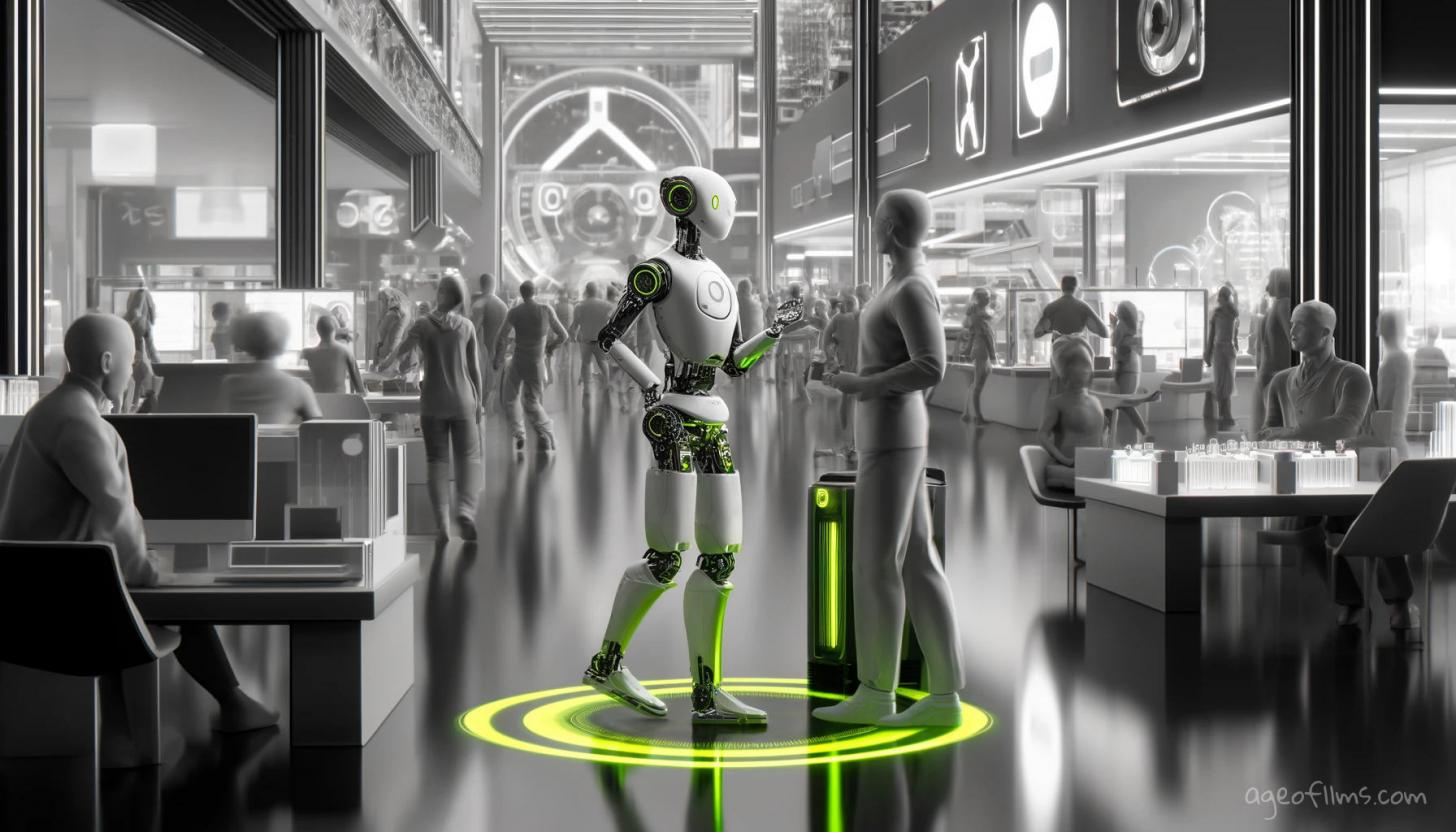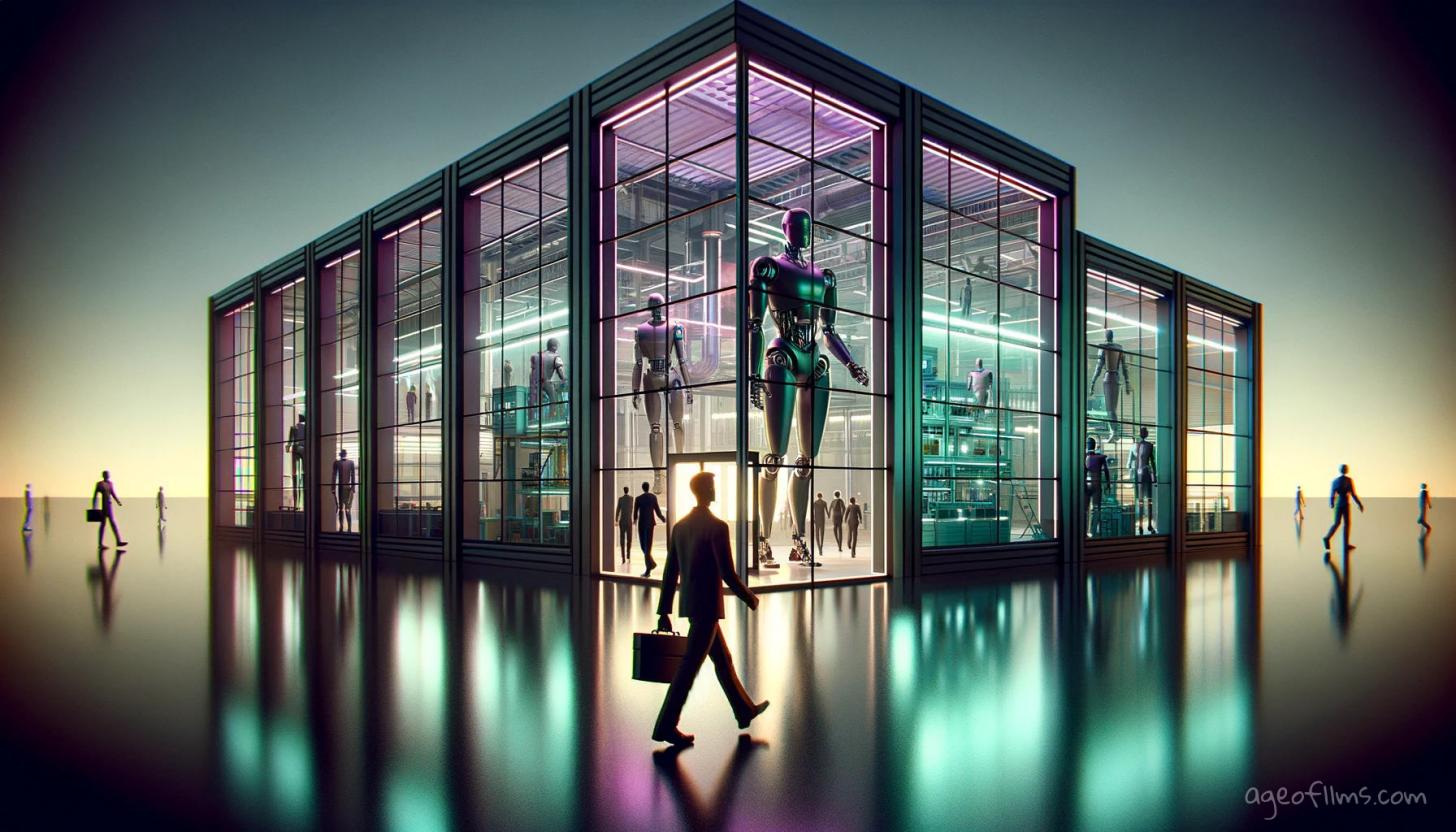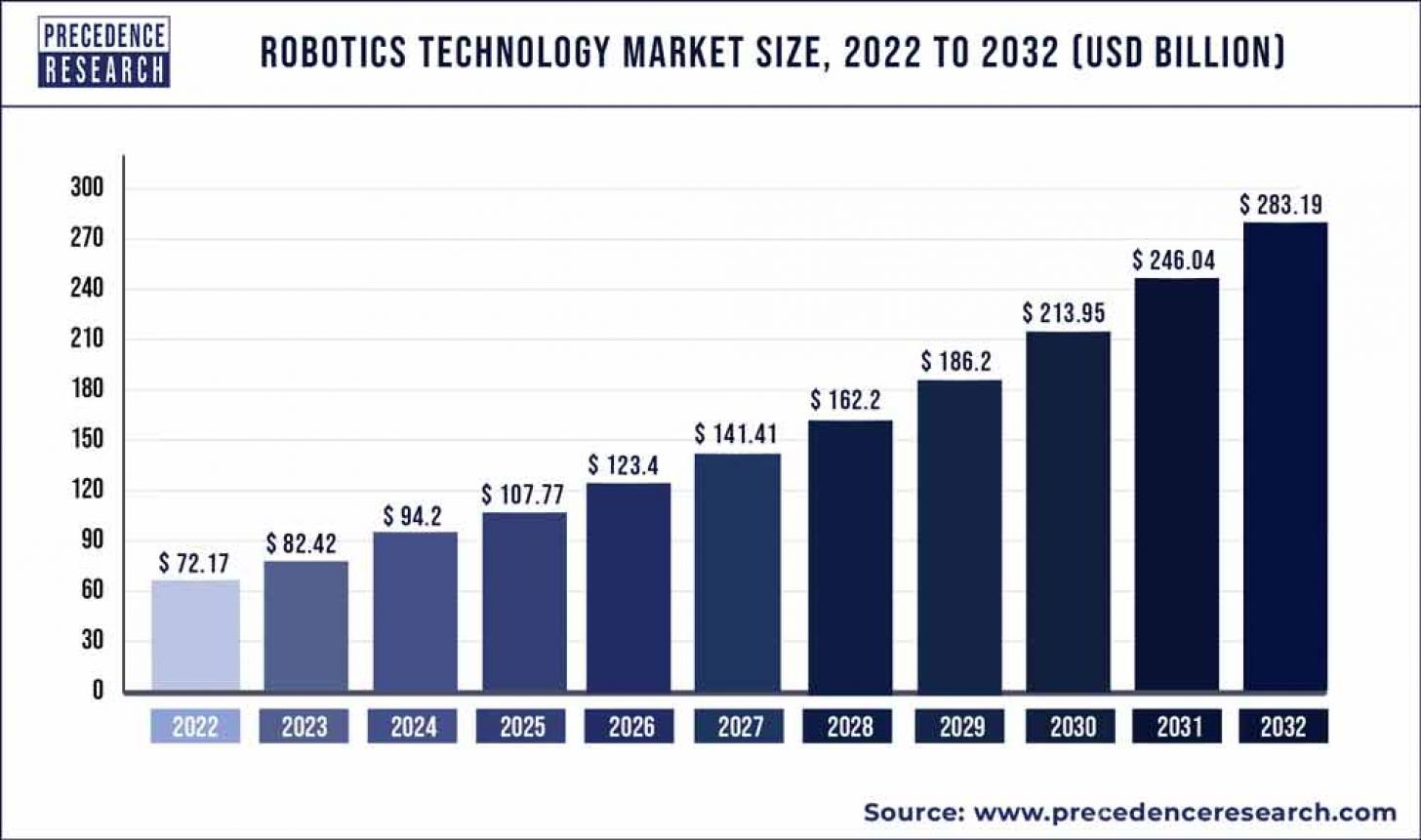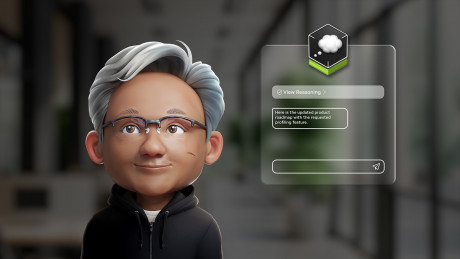Robots are the 'next wave' of AI according to Nvidia CEO Jensen Huang
Jensen Huang, Nvidia's CEO, is calling it — the "next wave" of AI is all about robots.

We’re not just talking digital AI systems anymore; we’re talking physical AI that can move and function in the real world. Huang believes the future is all about AI that gets the laws of physics and can work alongside us. He’s saying,
"Everything is going to be robotic. All of the factories will be robotic. The factories will orchestrate robots and those robots will be building products that are robotic.”
This was at this tech conference that took place this Sunday in Taiwan. Watch the bit for yourself:
Jensen Huang Speaking About Humanoid Robots
There are already over five million preprogrammed robots being tested and validated worldwide. That’s a whole lot of bots out there. Nvidia's GPUs are powering these advances, and as more robots get built using Nvidia’s tech, they’re looking to grab an even bigger slice of the AI pie.
Nvidia’s created an operating system for robots to learn in virtual environments. Huang mentioned that before these bots hit the physical world, they’re put through their paces in what he calls a “robot gym.” This is where they fine-tune everything—from basic motor skills like grasping objects to complex tasks like navigating around warehouses. It’s like boot camp for robots.
On top of that, Nvidia’s throwing some serious cash into robot startups. They’ve pledged $50 million to Figure AI, which is all about building robots for those dangerous warehouse jobs. It’s clear they’re not just talking the talk; they’re walking the walk.
With all these moves, Nvidia is making sure they're right at the center of the AI robotics revolution. It’s pretty exciting to see where all this is headed.
Robots that exist physically and can interact with the world in meaningful ways are what they’re betting on. If Huang’s right, we’re looking at a future where robots are just as common as smartphones.
This is pretty wild stuff and all, but if robots will be assembling robots and perhaps just a couple of senior developers will be overseeing AI programming the robots, what will good old flesh and blood people do?

Are Robots Going to Take Our Jobs?
There’s a big debate about whether robots and AI will be our partners or replacements in the workforce. Honestly, it looks like they’ll play both roles.
AI and robots can seriously boost our capabilities, making us more productive and efficient. They can take on the boring, repetitive tasks, letting us focus on more creative and strategic stuff. For example, AI writing assistants can help writers brainstorm ideas, do research, and streamline editing. The human writer is still key, but their output gets a big bump with AI's help. Similarly with coding or programming. It does help get things done quicker, I can attest to that myself.
On the flip side, AI and automation are going to replace some human jobs, especially the routine, codifiable tasks. Just like past industrial revolutions made some manual labor roles obsolete, AI could make certain white-collar jobs redundant if the work can be fully automated.
But here's the silver lining—history shows that technological disruptions also create new jobs we can’t even imagine yet. While AI might replace some roles, it will also likely create new opportunities in areas that need human traits like creativity, empathy, and strategic thinking—traits that are tough to automate completely.
So, it's looking like it's a bit of both — AI and robots will be our partners in some areas and our replacements in others. Either way, it’s going to be quite the ride.
Robotics Technology Market
The global robotics technology market was valued at $72.17 billion in 2022 and is expected to reach $283.19 billion by 2032, growing at an annual rate of 14.7% from 2023 to 2032, according to precedenceresearch.com, a Canada/India based company and one of the leading providers of strategic market insights.

Key factors driving market growth include:
- Increasing investments and funding in robotics technology
- Rising demand for industrial robots from companies like BMW
- Growing use of service robots, especially for cleaning and maintenance
- Adoption of Industry 4.0 and regional digitalization initiatives
The market is highly fragmented with intense competition among existing players. Major segments include:
- By Component: Hardware, Software, Service
- By Robot Type: Traditional industrial robots (leading in 2022), Cobots (fastest growing), Professional service robots, Others
- By Application: Manufacturing, Healthcare (leading in 2022), Aerospace & Defense, Media & Entertainment, Logistics (fastest growing), Others
- By Region: Asia-Pacific (leading in 2022 led by China, South Korea, India), Europe (fastest growing led by the UK)
Key companies include Universal Robots, Boston Dynamics, Northrop Grumman, Omron, FANUC, KUKA, Yaskawa, DENSO, iRobot, Nachi-Fujikoshi, Kawasaki, Honda, ABB, Sony, and Mitsubishi Electric.
Published: Jun 9, 2024 at 8:39 PM

